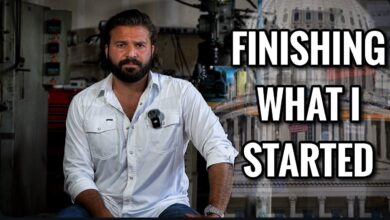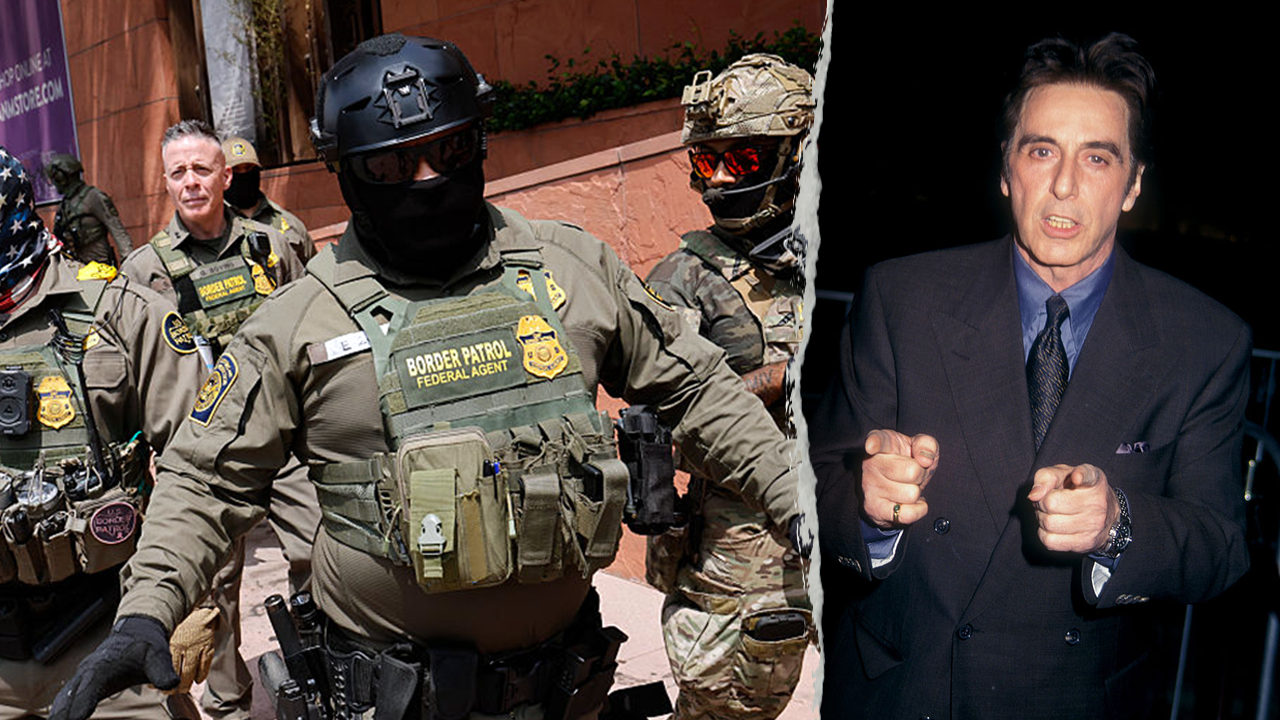Behind the Dry Fire – August 14, 2025

I’m not planning to post every dry fire session I do, but I do want to share some of them—especially when there’s something useful in the process. These behind-the-scenes breakdowns are a way for me to review what I’m working on, track progress over time, and maybe give others a few ideas for their own training. It’s all part of my Midlife Shooting Crisis project—where I’m taking a more structured approach to getting better with a pistol.
Earlier in the day, I was adjusting my Blue Alpha battle belt after running it in a recent competition and noticing a few things that needed tweaking. Once I had it dialed in, I decided to get some dry fire reps in using my Springfield Armory Echelon and SG Timer 2. I ran a focused 20-minute session with eight drills total. Most of the work was done on a USPSA-style target with a black square in the center as my aiming reference, and I recorded video of each drill with the Drills app except one where I accidentally turned the camera off. Whoops. Here’s what the dry fire portion of the day looked like:
Dry Fire Session – 8 Drills
1. Beep to Grip
Starting with hands at my sides, I worked on getting a consistent, solid grip as soon as the timer beeped. Just focusing on grip and indexing with no draw.
2. Draw to Sight Picture
From the holster to a clean sight picture on the black square. No trigger press, just focusing on grip, staying target focused and consistency.
3. Draw to Trigger Press
Same as above, but with a dry trigger press. I’m still focusing on grip, target focus and consistency.
4. Trigger Control at Speed
This one is based on a Ben Stoeger drill, explained well by Joel Park below. At the beep, I pressed the trigger as I would in live fire, keeping the dot as still as possible.
5. Shot Per Beat (Not Recorded)
I accidentaly turned the recording off for this one, but it’s from Rob Epifania’s video. I used a metronome app set to 180 BPM and practiced transitions with a shot per beat: two on paper and one on steel.
6. Transition to Target
Starting off-target, I snapped the sights to the black square and pulled the trigger at the beep. Another good one from Rob’s video, solid for visual speed and control.
7. Transition Off Target
Started on the black square, pressed the trigger at the beep, and then transitioned off the target. Also, in Rob’s video above.
8. Step Draw
This came from Grand Master Joon Kim’s class I took recently. I added a step to the right during the draw, followed by a shot on the black square. Movement ads a bit complexity than standing still and drawing.
Ace Virtual Reality Training – Evening Session
Later that night, after putting my son to bed, I ran another 20-minute session using Ace Virtual Reality. I started with the Daily Drills, then moved into a couple of Series stages. One of those stages, Partial Plastics, stood out, so I ended up running it a few times.
The drill was fun, challenging, and had some movement and stage planning. I worked through a few different strategies and footwork options, especially applying what I’ve learned in Joon Kim’s classes.
Here’s how I ended up shooting the stage most efficiently:
- Start with a draw to the first red steel activator (left side), which activates a left swinger.
- Immediately transition to the second red steel activator on the right to activate the right swinger.
- Swing back to the left to shoot the left swinger (2 rounds), then engage:
- A tuxedo target just right of the swinger (black on sides—hits count as misses)
- The far-left target partially covered by a white no-shoot
- From there, transition across to:
- The right swinger (2 rounds)
- The right-side tuxedo target
- The far-right target, also half-covered by a white no-shoot
What helped was starting my exit while engaging the left swinger—beginning movement to the rear right, then bar hoping (movement explained below) to get to the right side of the stage. That footwork really tightened up my time.
Combining live gun dry fire and VR training in the same day gave me the chance to apply what I was working on: indexing, grip, visual transitions, and footwork across two different platforms. Both seem to have their place, and the VR work, especially with reactive targets and movement, feels like it’s helping reinforce my decision-making and stage planning.
This training content is made possible in part thanks to support from Ammunition Depot. They’ve been helping me stay stocked for live fire sessions, and if you’re looking to keep your own supply up, definitely check them out. Solid prices, fast shipping, and great customer service.
I’ll keep posting these behind-the-scenes training sessions from time to time. If you’re building out your own dry fire routine or using VR to supplement range time, let me know what’s working for you. If you’re sharing your own dry fire drills, tag me in them, I’d love to see what others are doing. You can also post them in the USA Carry Facebook Group, and if you’re using Ace Virtual Shooting, check out the USA Carry Ace Virtual Shooting Group where we can connect, compete, and even shoot stages together virtually.






